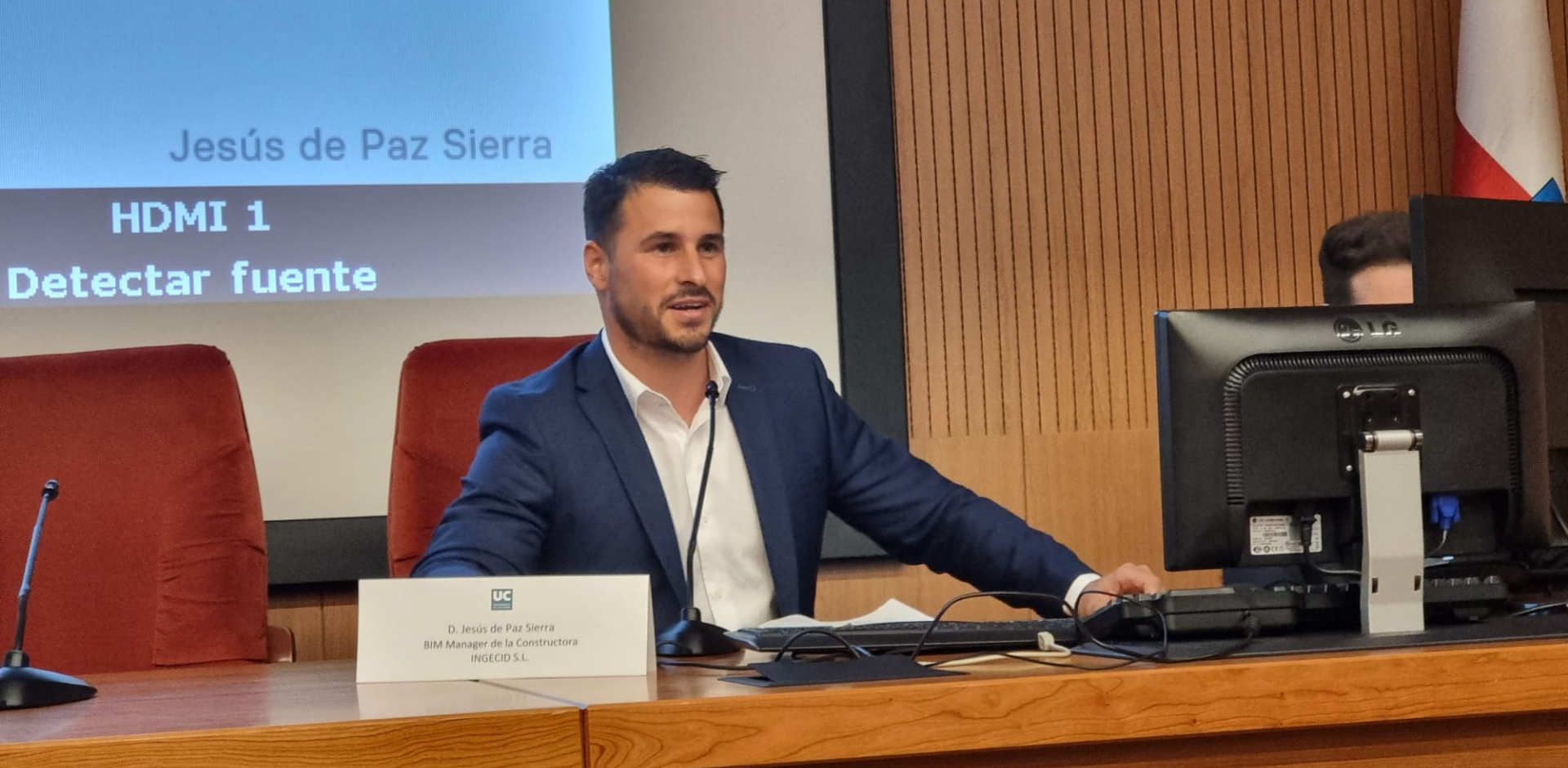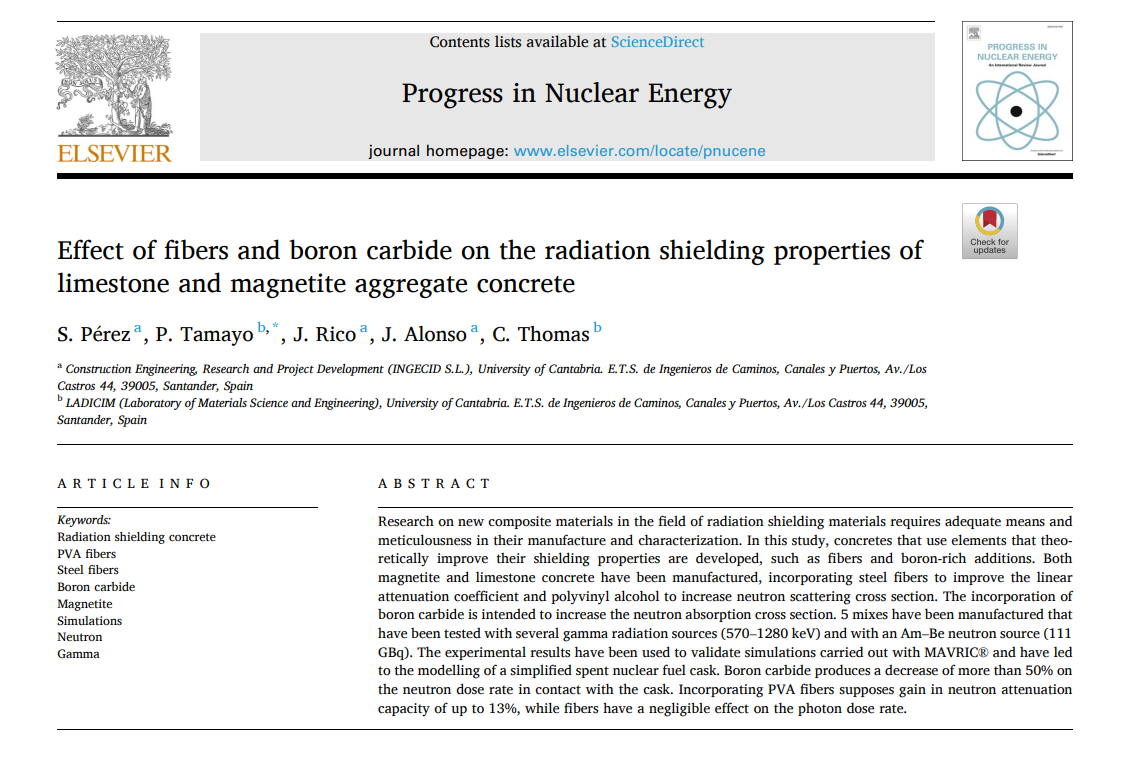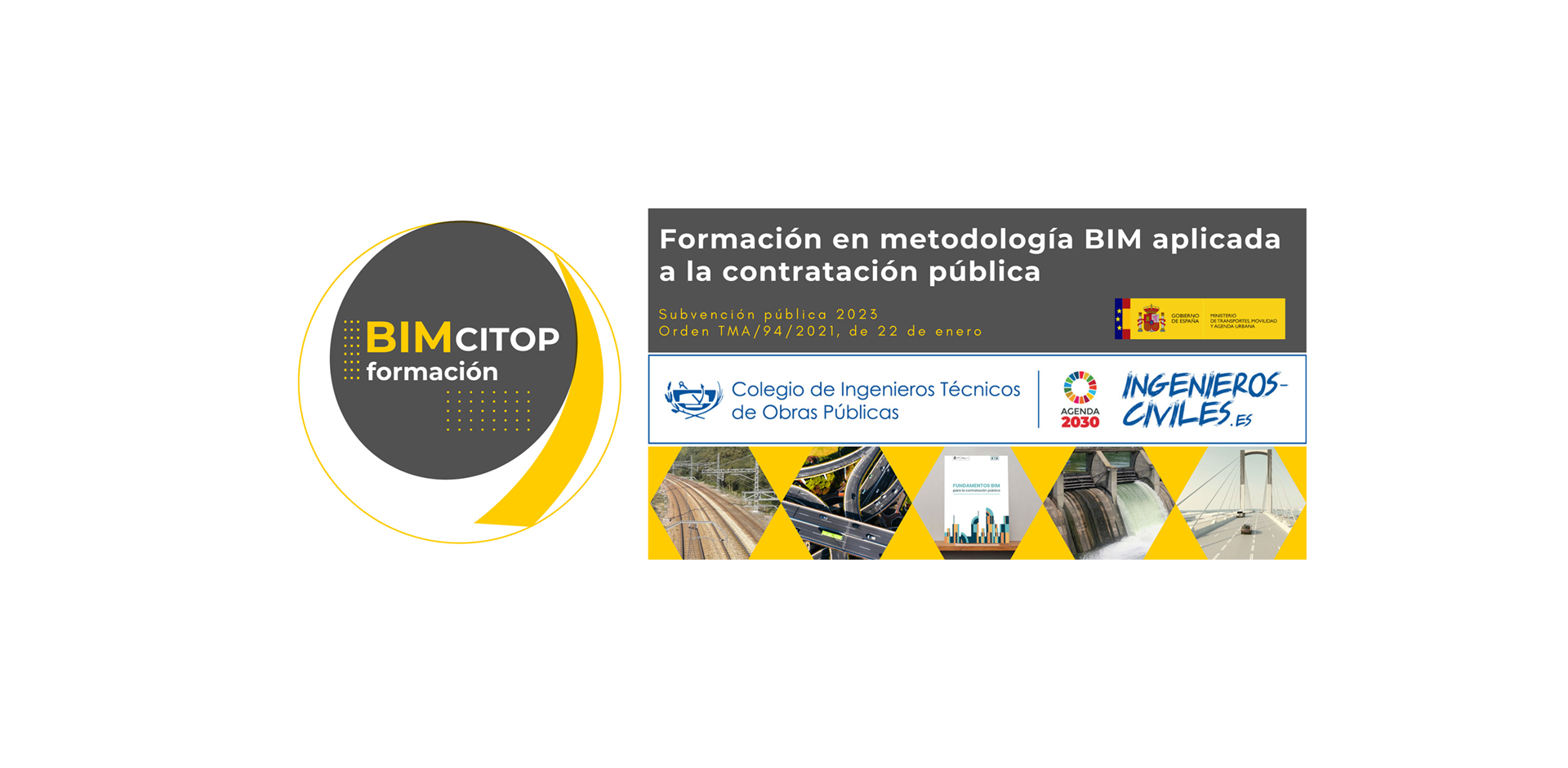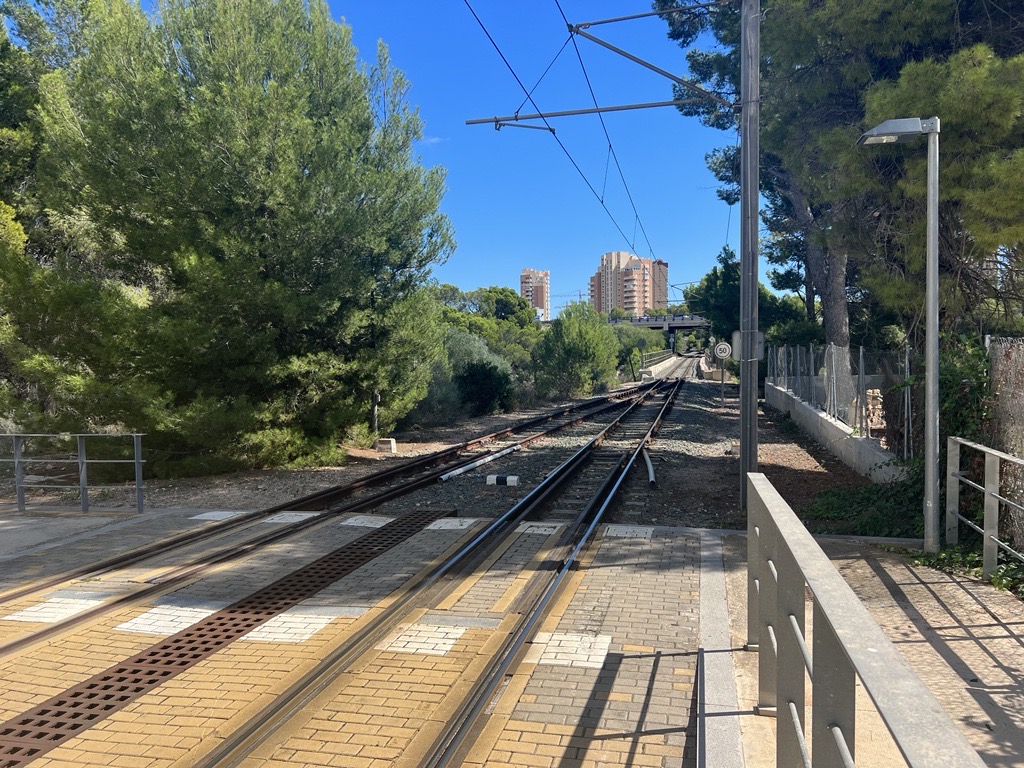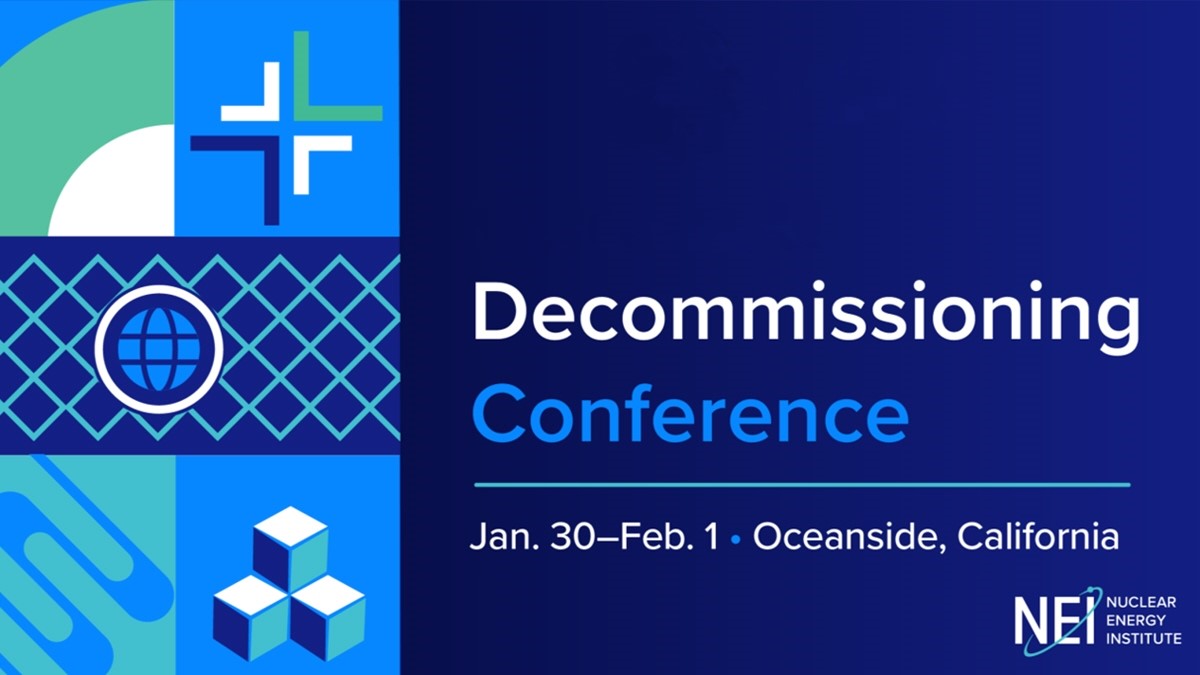INGECID participated in the presentation of this success story, which has led to the BIM methodology being applied in Bilbao’s Southern Metropolitan Bypass (VSM, for the Spanish abbreviation). It presented the information in one of the prestigious “Aula Potencia” lectures, which take place in different Universities and Training Centres throughout Spain.
Along with the majority of partners and participants in the design and construction of the bypass, during the presentation, INGECID highlighted the use of BIM and VIRCORE as an empowering and collaborative methodology that improves workflow, team efficiency, and decision-making, all while remaining transparent and encouraging participation.
These properties, with transparency and universality standing out among them, make BIM a practically new philosophy when it comes to building. It was created with building projects in mind; however, given its demonstrated efficacy, it has been adapted to infrastructure works such as Bilbao’s VSM, which is the first project of this type to be carried out using this methodology.
Aula Potencia on the application of the BIM methodology
The event was coordinated by Francisco Ballester Muñoz, Emeritus Professor of Construction Engineering at the University of Cantabria. Everyone involved in the project has relayed their experience, the challenges faced, and the benefits of using this methodology in this infrastructure project.
Jesús de Paz, Director of INGECID’s Design Engineering and BIM Department and BIM Manager of this project, intervened on INGECID’s behalf. During his presentation, he highlighted how the BIM methodology affects people, processes and technologies, and tools.
Jesús briefly presented the features of VIRCORE, the Common Data Environment (CDE) used in the project, indicating that it presents a single interface for all its operations (2D, 3D, 4D, 5D, 7D), and that it is accessible from anywhere by all participants. It has also allowed for multi-project management, maintaining the security of the information flowing between the different batches of the project and the companies involved. Furthermore, Jesús emphasised the innovative management of the integrating model that allows not only for collaborative document management, but it also includes bi-directional links with the various elements of the model. This model has evolved from the generation of the initial model, which was based on a 2-dimensional project, to the preparation of the modified “As-Built” model used for monitoring.
Finally, Jesús also explained the different uses for each of the BIM models that have been developed, highlighting how useful these models were for other companies and different contracts, thanks to their ability to access them on the VIRCORE platform, thereby managing to truly collaborate, an objective reality that BIM aims to achieve.
Standing out among the speakers were Miguel Gil and Pedro Rivas (Interbiak), who have recounted their experience from the point of view of the construction management of each batch.
Eduardo Casado, who is also from Interbiak, highlighted how enormously useful the 3D model was, with more than 45,000 integrated documents, in carrying out the project.
Alberto Alonso (IDOM) emphasised the importance and flexibility of the VIRCORE software and the traceability achieved by using it, as he was able to manage the different permissions of each person involved in the corresponding documentation. He also highlighted the ability to monitor the different versions thanks to the software, without losing any information.
José Manuel Baraibar (Viuda de Sainz) pointed out that the VIRCORE CDE allowed users to easily access the information of each document, making the work much more agile.
Video of the complete session AULA POTENCIA | BIM VSM, A SUCCESS STORY
INGECID and the BIM methodology in VSM
INGECID’s extensive experience in the development of civil works projects using the BIM methodology has allowed for said methodology to be applied in the construction of sections 9A and 9B of Phase I of the VSM. All those present have agreed to highlight the key role that BIM has played in the coordination of the various disciplines and sections, as well as facilitating communication among everyone involved, thanks to the VIRCORE platform.
Similarly, carrying out 3D BIM modelling tasks and 4D time planning initiatives was vital when it came to analysing possible alternatives.
In addition, the VIRCORE comprehensive project management platform played a decisive role as the basis on which to support the entire CDE collaborative environment, which has facilitated agile and rapid access to all project information, which is made up of 40,000 documents and an information volume of around 200 GB.
About VSM
The project Phase Ib of Bilbao’s Southern Metropolitan Bypass began in 2019 with a cost of 200 million Euros. Based on the original project on paper, a 3D model was created to be used in the construction phase under the BIM methodology. Under the “As-Built” model, collaboration has been carried out for the superstructure project (the installations), and the foundations for the operation and maintenance phases have been laid out.

